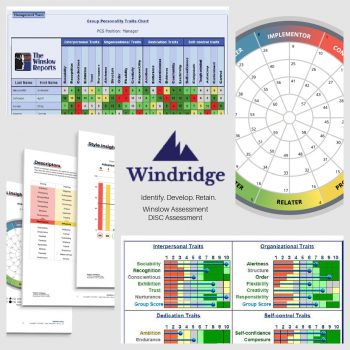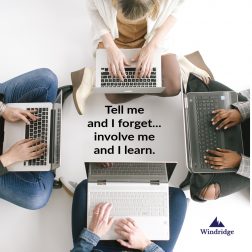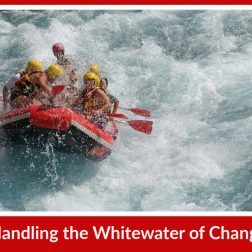 I’ve been certified as an Elite Consultant in the Winslow Assessment for 20+ years, and I absolutely love it as a personal/professional development/employee development assessment and as an aid to make smart hiring decisions. The Group Profiles are awesome for quickly viewing candidate results either side-by-side, position-specific, or for viewing your managers, teams, divisions, and departments to identify behavioral gaps. There’s really nothing like it!
I’ve been certified as an Elite Consultant in the Winslow Assessment for 20+ years, and I absolutely love it as a personal/professional development/employee development assessment and as an aid to make smart hiring decisions. The Group Profiles are awesome for quickly viewing candidate results either side-by-side, position-specific, or for viewing your managers, teams, divisions, and departments to identify behavioral gaps. There’s really nothing like it!
Then a few months ago, one of my partners a Leadership Development Group (LDR Leadership), had a client who specifically wanted the DISC assessment used in their training. I’d never had much interest in the DISC so I asked around to find someone who was licensed or certified in it. Surprisingly, I couldn’t find anyone.
I love working with LDR, so I looked into becoming licensed in the DISC Profile myself—I mean, why not? The licensing was affordable, and I have to say, I thoroughly enjoyed the training process. It was actually fun and incredibly insightful.
Upon completing the DISC training, this assessment now makes perfect sense to me. It’s actually a fantastic tool to use in a team review or group training for improving communication, providing insight around personal preferences/strengths, and building understanding and respect for those who have different ways of approaching decisions and identifying solutions. These insights then stimulate deeper conversations among leaders, teams, and individuals!
Where Winslow Assessment focuses on individual behaviors and interactions (which are necessary for personal/professional development and smart hiring decisions), DISC has a broader focus in its application. This makes it a great tool to use with two people who may have a disconnect in communication, or with entire teams who need to understand and recognize the strengths of its members.
That said, I prefer the Winslow assessment for one-on-one coaching focused on bottom-line performance behaviors, and it’s excellent for making informed hiring decisions.
So, that’s my new adventure! I’m enjoying working with both assessments as they complement —rather than compete with—each other. Two different assessments for two different purposes.



